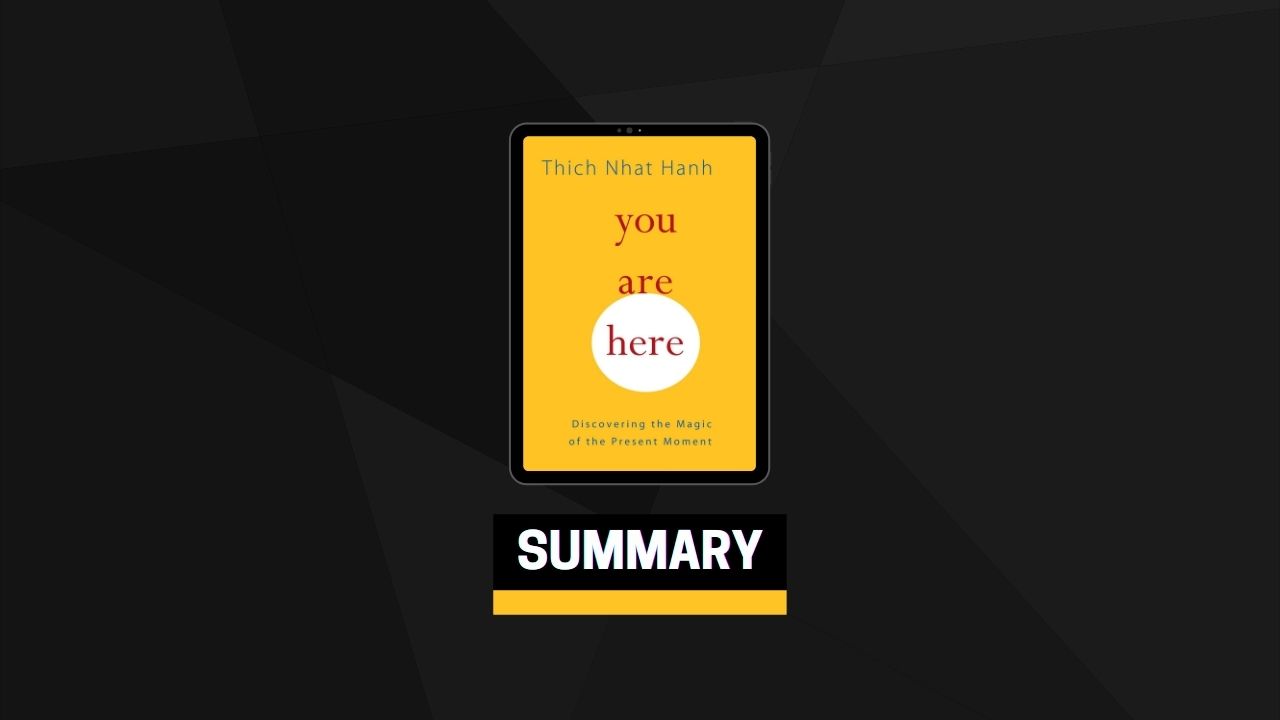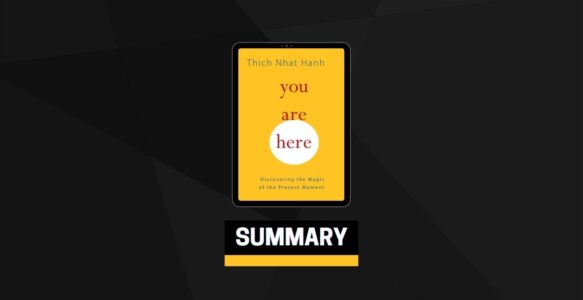The First Miracle of Mindfulness
PRESENCE
The first miracle brought about by mindfulness is your own presence, your real presence. With this energy dwelling in you, you become completely alive. When the energy of mindfulness is dwelling in you, Buddha is dwelling in you. The energy of mindfulness is the energy of Buddha. It is the equivalent of the Holy Spirit. Where the Holy Spirit is, there is also understanding, life, healing, and compassion. Where mindfulness is, true life, solidity, freedom, and healing also manifest. We all have the ability to generate this energy of mindfulness. Do walking meditation, breathe mindfully, drink your tea mindfully, and cultivate this energy that dwells in you, that illuminates you, and makes life possible.
The Second Miracle of Mindfulness
THE OTHER
The first miracle of mindfulness is our true presence—being here, present, and totally alive. Then, if you are really here, something else will also be here: the presence of the other. You are here and the other is here. What is the other? It could be your heart; your eyes; your body; or your in-breath. The other is the sunset, the song of the birds. Or it could be your lover, your partner, your son, your daughter, or your friend.
The other is the Kingdom of God. If you are really here, solid and free, the Kingdom of God will also be here for you. The fundamental condition for recognizing the presence of the other is your own true presence. What is loving? It is recognizing the presence of the other with your love. This is not a theory; it is a practice. Whether the object of your love is your heart, your in-breath, your physical body, or your baby, whether it is your son, your daughter, or your partner, your declaration of love is always the same. It is: “Dear one, I am here for you.”
The Third Miracle of Mindfulness
WORKING WITH POSITIVE AND NEGATIVE ELEMENTS
The third miracle of mindfulness involves maintaining your own presence and your mindfulness of the other. You are truly present and the other is truly present—you have to maintain both presences. You achieve this through the practice of mindful breathing or mindful walking. If the presence of the other is refreshing and healing to you, keep hold of this presence and nourish yourself with it. If there are negative things around you, you can always find something that is healthy, refreshing, and healing, and with your mindfulness you can recognize its presence in your life.
The Heart of Practice
The heart of Buddhist practice is to generate our own presence in such a way that we can touch deeply the life that is here and available in every moment. We have to be here for ourselves; we have to be here for the people we love; we have to be here for life with all its wonders. The message of our Buddhist practice is simple and clear: “I am here for you.”
In daily life, we are often lost in thought. We get lost in regrets about the past and fears about the future. We get lost in our plans, our anger, and our anxiety. At such moments, we cannot really be here for ourselves. We are not really here for life.
Practice makes it possible for us to be free—to rid ourselves of these obstacles and establish ourselves firmly in the present moment. Practice gives us methods we can use to help us live fully in the present. Practice makes it possible for us to say, “I am here for you.”
The Buddha said, “The past no longer exists, and the future is not yet here.” There is only a single moment in which we can truly be alive, and that is the present moment. Being present in the here and now is our practice.
Practicing Skillfully with Our Past
Our appointment with life takes place in the present moment. Does that mean we are against the past and the future?
If we look deeply at the present moment, we see the past and the future in it. The insight of interbeing also applies to time. We see that the present is made up of nonpresent elements, that is, of the past and the future. The past is always there, accessible. We can enter into deep contact with the past through the present. That is true for the future, too. Normally we say that the future is not here yet, but we can touch it right now by getting deeply in touch with the present moment. Because it is of an interbeing nature, the present cannot exist by itself. It interexists with the past and the future. It’s like a flower that cannot exist by itself: it has to interexist with the sun and the earth. This is true for time, too. The present is made up of material called the past and the future, and the past and future are here in what we call the present.
Perhaps we have done negative things in the past that we regret. It’s a mistake to think that it is no longer possible to change the situation, that it is impossible to correct the past. We can correct the past. The past is here; and if we get deeply in touch with the present, we can touch the past as well, and transform it.
Healing Our Wounds and Pain
Here is a practice poem that you can use in everyday life, at any time, no matter where you are:
In; out.
Deep; slow.
Calm; ease.
Smile; release.
You can recite this no matter what you are doing—while you are driving your car, while you are watering your garden, while you are cooking, or before falling asleep—as well as during walking or sitting meditation.
“In; out.” This phrase comes to us directly from the Buddha. What it means is, “Breathing in, I know that I am breathing in. Breathing out, I know that I am breathing out.” That’s the whole thing. It’s simple recognition of what is happening: an in-breath, and then an out-breath.
Mindfulness is first of all the ability recognize what is happening in the present moment. It is simple recognition—without judgment or criticism, without suppression or attachment. I breathe in, and I am aware that the in-breath is here. I breathe out, and I am aware that the out-breath is here. There is no criticism or struggle. There is no effort either to reject anything or grab on to it.
Breathing in, breathing out.
The breath is flowing in.
The breath is flowing out.
You could also say, “in-breath, out-breath.” Or even just: “in, out.” It’s very simple, yet you can regard this practice as recognition of everything that is happening in the present moment. “I’m breathing in; this is an in-breath. I’m breathing out; this is an out-breath.”
Becoming Truly Alive
What would you do if your doctor told you that you only had three months to live? Would you waste this time bemoaning your fate? Would you give yourself over to pain and despair? Or would you resolve to live each moment of those three months in a deep way? If you do that, three months of life is a lot.
One day is a lot. A picnic lasts only half a day, but you can live it fully, with a lot of happiness. So why not three months? Your life is a kind of picnic, and you should arrange it intelligently.
Don’t wait to start living. Live now! Your life should be real in this very moment. If you live like that, three months is a lot! You can live every moment of every day deeply, in touch with the wonders of life. Then you will learn to live, and, at the same time, learn to die. A person who does not know how to die does not know how to live, and vice versa. You should learn to die—to die immediately. This is a practice.
Are you ready to die now? Are you ready to arrange your schedule in such a way that you could die in peace tonight? That may be a challenge, but that’s the practice. If you don’t do this, you will always be tormented by regret. If you don’t want to suffer, if you don’t want to be tormented by regret, the only solution is to live every minute you are given in a deep way. That’s all there is to it.
The only way to deal with insecurity, fear, and suffering is to live the present moment in a profound way. If you do that, you will have no regrets.


